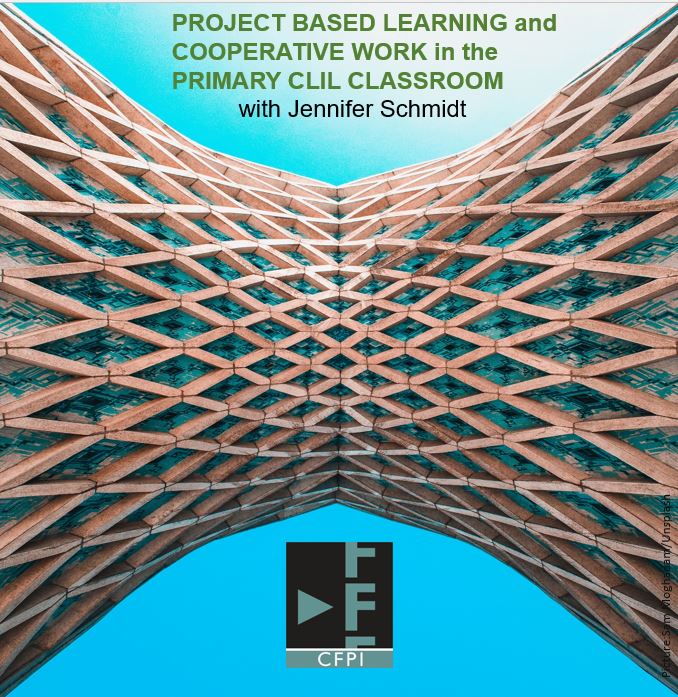1. Topic:
We can include this project in Natural Science for the fifth grade of Primary Education. The topic we have chosen is “Health and illness”. 2. Contents: We divide the unit into four subtopics corresponding to these contents: 1) Elements that influence health: personal characteristics, environment, lifestyle, healthcare. 2) Healthy and unhealthy habits: physical activity, medical checking, balance diet, hygiene, smoking… 3) Illness: infectious illnesses (virus, bacteria…) and non-infectious illnesses (injures, diseases of organ systems, mental diseases…) 4) First aid: burns, minor injuries, insect stings… We should also include a concepts CALP to help our students to acquire new vocabulary and understand the contents easily. We can choose words such as healthy habits, diet, do exercise, vaccination programmes, check-up, flu, tetanus, dermatitis, diabetes, additions, disorder, injury, burn, sunstroke…. 3. Driving question: Before presenting the driving question to our students, we need something to engage them and activate their prior knowledge. For example, students can watch the video “How much sugar is there in your breakfast?”In this video, the chef Jamie Oliver explains the amount of sugar a breakfast can include even it seems to be a healthy breakfast. To work on the video, we can suggest a cooperative learning strategy using an advance organizer.
Finally, we ask students the driving question: “WHAT CAN WE DO TO REDUCE THE AMOUNT OF SUGAR IN OUR MEALS?”
4. Cooperative techniques:
We should develop different cooperative techniques during the project. Next, we will see some examples.
1) Technique K-W-L. We can use this task when we work on the video “How much sugar is there in your breakfast?”. Students work in pairs and each pair has a graphic organiser to gather information. Before watching the video, students answer the question “What I know” and after watching the video, they answer the questions “What I wonder” and “What I learn”.
2) Technique Talking Chips. We propose this technique to create a list of healthy and unhealthy habits. Students work in groups of four and each child has three tokens. When a student wants to speak, they spend a token and place it in the centre of the table. All students should spend their chips to suggest different ideas.
3) Technique Jigsaw. We can use a jigsaw to learn about different illnesses and make a poster with them. Students work in groups of four and each student is an expert in one illness. For example: infectious illness, diseases of organ systems, mental diseases and social diseases. Therefore, we have different groups that have to investigate different diseases. We can help students with a graphic organiser and some scaffolding strategies such as “Sentences Starters”. Then, each group should present their investigation to their classmates.
Ana Sarmiento Zapatero

Comentarios
Publicar un comentario